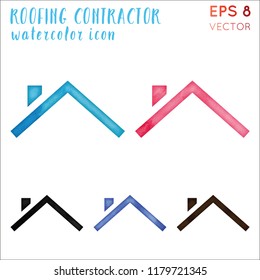Seasonal Factors To Consider For Industrial Outside Painting: What You Required To Know
Seasonal Factors To Consider For Industrial Outside Painting: What You Required To Know
Blog Article
Article By-Fox Browne
When you're planning an industrial exterior paint task, seasonal factors can make or break your results. You'll wish to consider just how temperature and humidity effect paint application and drying out times. Choosing the best season can guarantee your paint sticks appropriately and lasts much longer. But which periods are genuinely the most effective for this type of work? Let's explore the key elements that can affect your task's success.
The Influence of Temperature on Paint Application
When you're planning a commercial external painting project, the temperature level can significantly influence how well the paint adheres and dries out.
Ideally, you wish to repaint when temperature levels vary in between 50 ° F and 85 ° F. If it's also chilly, the paint might not heal properly, resulting in problems like peeling or cracking.
On the other hand, if it's as well warm, the paint can dry out also swiftly, stopping proper attachment and resulting in an unequal coating.
You need to likewise think about the time of day; early morning or late afternoon offers cooler temperatures, which can be much more favorable.
Constantly check the manufacturer's referrals for the certain paint you're using, as they frequently offer assistance on the suitable temperature level variety for ideal results.
Humidity and Its Impact on Drying Times
Temperature isn't the only environmental element that affects your business external painting job; humidity plays a substantial duty as well. High humidity degrees can decrease drying out times drastically, influencing the total high quality of your paint work.
When the air is filled with dampness, the paint takes longer to cure, which can lead to concerns like poor attachment and a higher risk of mold growth. If you're repainting on an especially moist day, be planned for extended delay times in between coats.
It's important to monitor local weather conditions and plan accordingly. Preferably, go for moisture levels in between 40% and 70% for optimum drying.
Keeping these factors in mind guarantees your task remains on track and provides a long lasting coating.
Best Seasons for Commercial Exterior Painting Projects
What's the best season for your commercial exterior painting projects?
Spring and very early loss are commonly your best choices. Throughout these periods, temperature levels are moderate, and humidity levels are usually reduced, producing perfect problems for paint application and drying.
Prevent summer season's intense heat, which can trigger paint to completely dry too quickly, bring about inadequate adhesion and surface. Likewise, winter's chilly temperatures can hinder correct drying and healing, running the risk of the long life of your paint job.
Go for https://indoorpaintersnearme43208.blogdun.com/34990063/a-comprehensive-guide-for-beginners-on-revitalizing-your-home-via-painting with temperatures in between 50 ° F and 85 ° F for ideal results. Keep in mind to inspect the neighborhood weather report for rain, as damp problems can destroy your project.
Planning around just click the following internet page guarantees your painting project runs smoothly and lasts longer.
Conclusion
In conclusion, preparing your business outside paint jobs around seasonal considerations can make a substantial distinction in the result. By scheduling job throughout the ideal temperature levels and moisture levels, you'll make certain far better attachment and drying out times. Keep in mind to watch on regional weather prediction and select the correct time of year-- spring and early autumn are your best choices. Taking these steps will aid you achieve a resilient and specialist coating that lasts.
